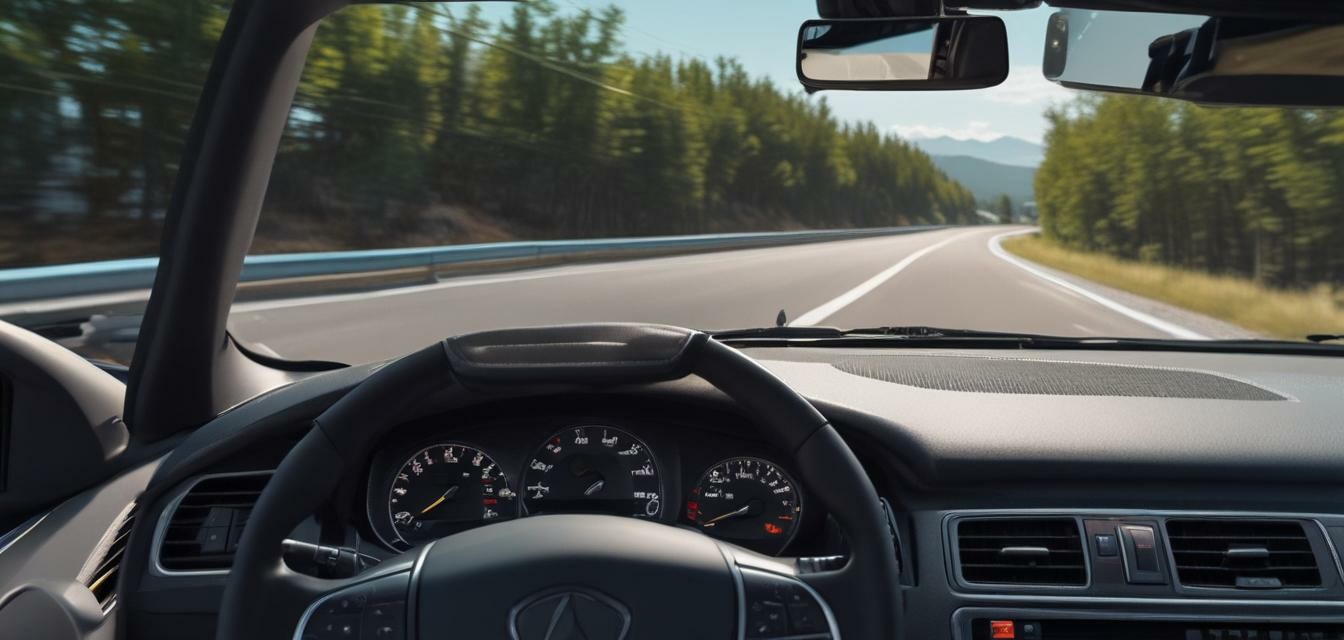
Best Practices for Installing Your Dashcam
Key Takeaways
- Choose an optimal location for your dashcam to capture the widest field of view.
- Ensure the lens is clean and unobstructed for clear video quality.
- Use proper power sources and cable management to prevent distractions.
- Follow manufacturer guidelines for mounting and installation.
- Regularly check the functionality of your dashcam to ensure performance.
Installing a dashcam is an essential step for enhancing your vehicle's safety and providing documentation during an incident. However, for optimal performance, the installation process needs to be executed correctly. In this guide, we'll explore the best practices for installing your dashcam, along with tips to ensure it functions efficiently and effectively.
Choosing the right dashcam installation location
The location where you mount your dashcam significantly affects its performance. It is crucial to select a position that will maximize visibility and ensure all road activities are captured clearly.
| Location | Pros | Cons |
|---|---|---|
| Behind the rearview mirror | Minimal obstruction, discreet | May obstruct some view |
| Directly on the windshield | Clear view, captures all events | May be more conspicuous |
| Dashboard mounting | Easy access for adjustments | Obstructs view, less stable |
Preparing Your Dash and Windshield
Before mounting, prepare your dash and windshield properly:
- Clean the windshield with a good glass cleaner to remove dirt and debris.
- Ensure the area is dry; moisture can affect adhesive mount performance.
- Consider using a microfiber cloth to avoid scratches.
Powering Your Dashcam
Powering your dashcam correctly is critical to ensure it functions well at all times. You can use either a cigarette lighter or hardwiring it to your vehicle's battery.
Pros of hardwiring
- No need for constant plugging in.
- Cleaner installation with no visible wires.
- Allows for parking mode functionality.
Cons of hardwiring
- Requires some technical knowledge.
- Potential warranty voiding if done incorrectly.
Using Cable Management
Proper cable management is essential, especially for wired installations. Here are some tips:
- Utilize cable clips to secure wires along the edges of the windshield.
- Avoid placing wires where they can interfere with airbag deployment.
- Make sure cables do not obstruct your view or movement.
Testing Your Dashcam
After installation, you should test your dashcam to ensure it is functioning correctly. To do this:
- Turn on your vehicle and the dashcam.
- Check the video quality and ensure the recording starts as expected.
- Verify the dashcam's angle by reviewing the recorded footage.
- Make necessary adjustments to the mounting position as needed.
Regular Maintenance Tips
Keeping your dashcam in optimal condition is essential for performance. Here are some maintenance tips:
- Regularly check and clean the lens for any dust or smudges.
- Ensure the firmware is up to date if applicable.
- Secure any unplugged connections and power cords periodically.
Conclusion
By following the outlined best practices for installing your dashcam, you can ensure that it works effectively and captures critical footage while driving. Make your installation as discreet and functional as possible to get the most out of your device.
Tips for beginners
- Consult the user manual for specific installation instructions.
- Make sure to keep your dashcam's software updated.
- Review your recordings regularly to check for any issues.
- Consider exploring our Buying Guides for additional insights into dashcam features and options.
Using best practices for dashcam installation and maintenance will enhance your driving experience and ensure you are prepared for any unexpected events on the road.
For more information on different types of dashcams and their features, check out our comparative reviews on various 4K Resolution Dashcams and Compact Dashcams.
Your dashcam is not just a device; it’s a crucial component in safeguarding your driving experience. Ensure you invest the time and effort needed for a successful installation.
